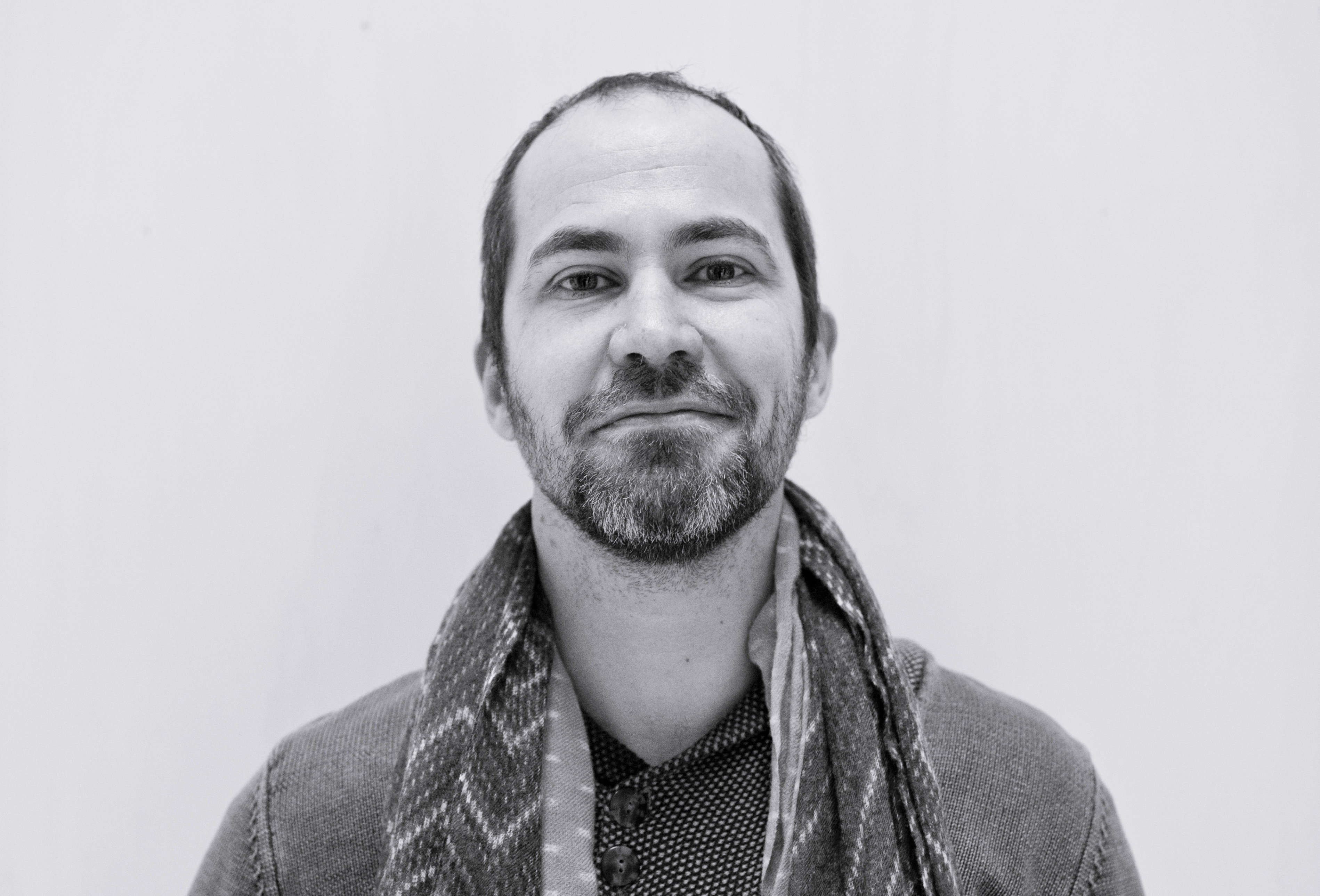
After testing the first set of ‘creative capsules’ at the Future DiverCities launch in January, creating and collaborating on content with ‘Les Dimanches de la Canebière’ in Marseille, the first version of the Divercities app in now available in French for iOS and Android. To mark the occasion, we asked Cédric Claquin, Divercities and 1D touch platform co-founder, to tell us the story of the app, the philosophy behind it and how he imagines Divercities developing in Europe.
• Future DiverCities: How and when did the Divercities app come about?
Cédric Claquin: It’s been a long process. We first presented the idea in 2015, during the International Design Biennale at an exhibition in Saint-Étienne called “Réserve Déboussolée”, exploring the relationship between online audiences and how music can enhance visual creation. With all the feedback and discussion at the event, we discovered many people were curious about how this might look in an app. We developed the first prototype in 2016 (an online web app) and integrated it into the Future Divercities project. And, the first form of Divercities was born.
• FDC: You call Divercities a cityguide. What makes it different to other existing cityguides? What does it offer users and professionals?
CC: Divercities aim is to offer alternative cultural recommandations. We try to give an offbeat view to a city’s cultural activity. This means we can support small independent venues and artists, for example, curating a bespoke hip-hop dance and music ‘capsule’ that is a new take on a famous classic opera. We mainly focus on emerging and independent artists, and to do this we offer a unique experience, handing over the keys to the user so they can go on their own journey.
For professionals, Divercities is an innovative communication tool, a way to share stories about an city, a town, a region through the creativity that lives there, while supporting that creation both locally and internationally. These new economic models, as with our 1D touch Platform, offer a real alternative for artists and end users.
We work hard with programming, using algorithms and exploring potential in AI developments, to personalize the recommendations in the Divercities app and then to adapt these to the interests, preferences and moods of the user. The idea is to encourage users to keep an open mind and consider new things, and not to simply recommend the same or very similar activities or events. We want them to make new discoveries about where they are, where they live and even about themselves.

• FDC: ‘Capsules’ appear to play an important role in the app. What is a ‘capsule’ and how do they work?
CC: A ‘capsule’ is an envelope, a treasure chest, a way to discover more about what is going on. The content in each capsule is curated in relation with an event, a theme or a specific venue. This content can include video, music, links to articles, podcasts and more information on the place, event or city it is related to. It is then geolocated to this specific location in the city, tying the app experience and the real-life experience together. You can discover a capsule on a map or through the app recommendations sat at home, much like a magazine. Capsules are also very flexible, they can be permanent or temporary depending on the style of an event, for example, a pop-up festival that moves location each year.
• FDC: What is the link between Divercities and the platform 1D touch?
CC: 1D touch is a multimedia streaming platform we at 1D Lab have been developing for five years. The user has access to more than 1 million musical titles, video games and, coming soon, comics and books, all possible owing to third parties who pay for this access.
At the heart of it all are the artists themselves. For us, it is about offering fair pay to artists, illustrators, writers and creators with no additional cost to the end user. Users can create playlists within the 1D touch catalogue and if we don’t have certain content, links to Soundcloud and YouTube are shared. We know the amount of money artists receive from these platforms is very low and it is our aim for more people to learn about 1D touch, and help support artists as creative industries embrace online technologies. It’s an amazing service, with the artists at the centre and offers so much.

• FDC: How do you imagine the app growing and expanding?
CC: We are in an experimental phase at the moment. Thanks to Future DiverCities, we have been able to develop a really competitive prototype. We now have to test it and see how it’s received in different European countries taking into account language, culture and much more. We’ll look closely at feedback and aim to bring everything together over the course of next three years. We’re very much in the middle of everything and it’s always difficult to predict where something might go, with new technology and developments coming out every day. That is why, with co-creation and agile logics, we need to open several living labs to empower the app and foundation for all (users, artists, public and private supports for culture). This can only improve our work and any future versions of the Divercities app to come.

Recent Comments